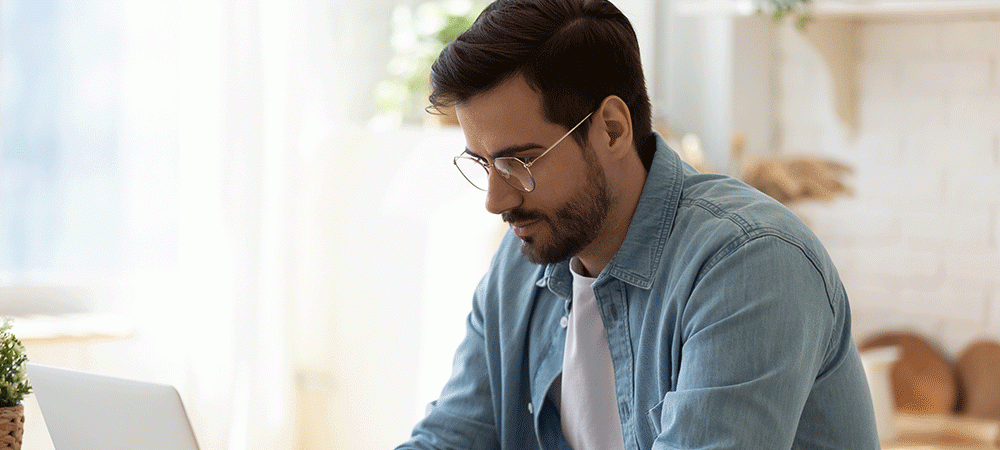Remote working has become the ‘new normal’ during the COVID-19 pandemic. But, Rene Sugo, Chief Executive Officer for MNF Group, said there is still the need for human connection. He explains the different factors at play.
The enforced change in working habits produced by the COVID-19 crisis has done more to fast-track Digital Transformation, particularly in the adoption of unified collaboration, than any lofty words or edicts from heads of business.
Over the last six months, the adoption curve for online collaboration tools has been propelled forward. Usually it takes many years to move people from the ‘innovator’ category to ‘early majority’ according to technology adoption life cycle models such as Roger’s bell curve. In the case of online collaboration tools, this phase has been shortened by as much as three years due to the transition to working from home prompted by COVID-19.
It has been the biggest (and most impromptu) ‘use case’ study for remote working and collaborative technology that we’ve ever seen. Without a doubt, it has created an environment which will inform and shape the ‘new normal’ of our working lives for the next decade.
We would all agree that the last months have been an enforced learning curve – in many ways. Aside from anecdotal conversations MNF Group has been having with clients, the data from our voice network paints a clear picture of how businesses initially scrambled to adapt to working from home, initially working around the clock, but then a ‘new normal’ working cadence emerged.
In the initial transition weeks, shell-shocked businesses struggled with the sudden lockdown measures mandated by the Australian government. Business leaders grappled with how to communicate a level of reassurance to both staff and clients and facilitate working from home. Our network traffic data during this period reveals very unusual spikes, with conference calls starting early in the day and continuing strongly through the day and into the evening, until well past midnight. It is no surprise that our network experienced an 88% growth in traffic in March.
As we moved through April, it was clear businesses found their stride based on workers returning to a more ‘usual’ workday – or their ‘new normal’ – which included downtime during lunchtime and a drop off on Friday afternoons. Yet we are all far more connected than pre-COVID, with our network traffic sitting at twice the ‘old normal’ levels.
Re-affirming the need for ‘ordinary’ connection
What has been striking as we have watched this ‘new normal’ unfold, both in our personal and professional lives, is how COVID-19 has reminded us of the enduring need for human connection.
This is best illustrated with the unprecedented demand for voice calls, together with connection via online collaboration tools such as Zoom, Microsoft Teams and MNF Group off-shoot, Express Virtual Meetings. If anything, the pandemic has crystallised the importance of highly-scalable and reliable voice capabilities. It is a timely reminder for businesses that employees and customers alike still want to talk and interact with ‘real’ human voices and real people – as well as being reassured by personal customer service and engagement.
Despite the fact that the Federal Government’s COVID-19 information website had all the information that was available, the information line received thousands of concurrent calls during the early days of operation. The same need for personal contact culminated in the heartbreaking queues outside Centrelink offices in late March.
It is clear that at times of stress and hardship, people need and want to talk to another person. They want to be heard and to hear for themselves. It is a basic human need and no website or app will ever be able to replace it. Voice is here to stay and will be an integral part of every business offering in the future.
So, what comes next?
The last couple of months has forced businesses to make decisions that would previously have taken many, many months to finalise. So, with restrictions continuing to ease, it is going to be interesting to see just how (and if) businesses wind back to pre-COVID-19 working practices.
MNF Group’s own employee Pulse Survey has thrown up some interesting insights, which I expect may reflect universal challenges and opportunities for shaping the ‘new normal’.
Top of these is that we have seen employee engagement and productivity maintained, and even improved, thanks to the imposed flexibility of remote working and the use of unified collaboration tools. But on the other hand, there are some signs the enforced isolation is impacting wellbeing and overall mental health.
So while decisions will have to be made by my organisation – and many other businesses – as to how far the work pendulum swings back regarding WFH versus office working, I believe we will see a new and fundamentally changed working paradigm emerge that embraces flexibility and the need for human community and connection.
What has become crystal clear during this difficult journey is the very human need to speak with others and in turn be heard. This will continue to be front and centre of whatever ‘new normal’ we land upon.
Click below to share this article

